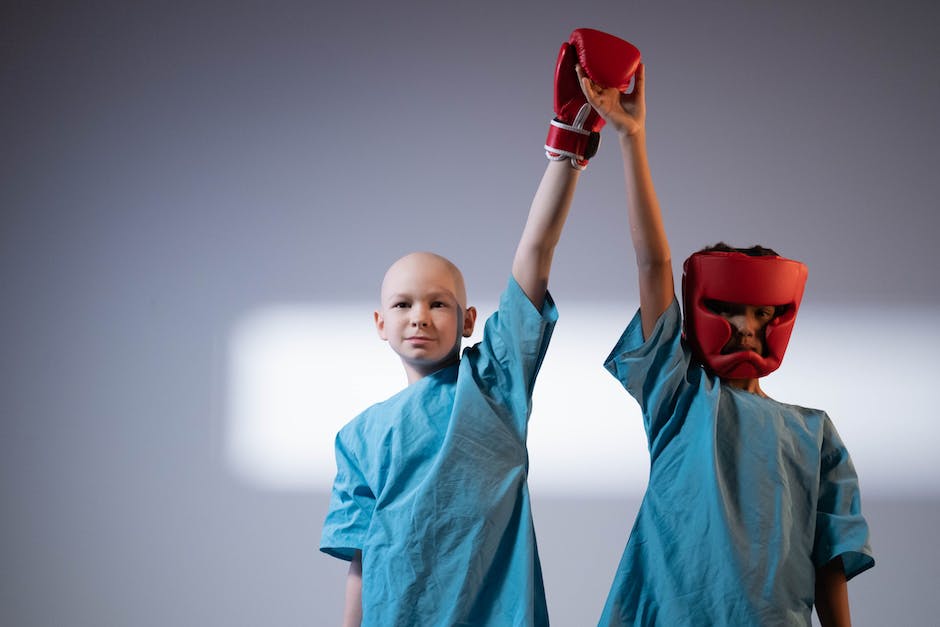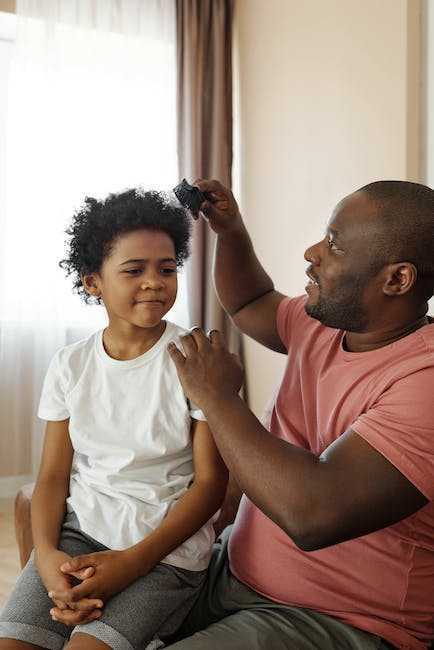
Contents
and Health
Losing your hair can be an incredibly distressing experience, especially for children. Alopecia is a condition that affects both adults and children causing them to lose their hair, often in patches. It can be an emotionally and psychologically difficult experience to go through and can also lead to other health issues.
What is Alopecia?
Alopecia is an autoimmune disorder that causes hair loss either in patches or over the entire body. It can affect both adults and children, although it is more common in adults. There is no known cause for the disorder and it can appear at any age. The condition can come and go and some people may only experience it once, while others may experience chronic hair loss.
How Can You Help Your Child Cope with Hair Loss?
Children can be resilient and can be more accepting of the changes to their appearance than adults. However, it is still important to provide them with emotional support and a safe place to discuss any anxieties or worries that they have about their condition.
Start by having an open conversation about alopecia and its treatments. Explain that it’s a common condition and that it is possible to get treatment to slow or regrow the hair back.
Encourage your child to express their feelings about their changes in appearance. It’s natural to feel embarrassed and frustrated, so give them a safe space to talk and remind them that it’s okay to have these feelings.
Tips for Helping Your Child Cope with Hair Loss
- Provide a safe space to talk – it is important to create an environment in which your child can feel comfortable to talk about their feelings and anxieties in relation to their condition.
- Encourage them to be proud – it is important to encourage them to be proud of their appearance and to express their unique style. Help your child find ways to be unique, such as trying a new hairstyle or wearing clothing that is bold and confident.
- Talk about treatments – there are a variety of treatments available for alopecia, such as topical medications and laser therapy. Talk to your child’s doctor about these options and explain that they can help slow or even regrow their hair.
- Be open to questions – it’s important to be open to your child’s questions about the condition and to answer them honestly. It’s okay if you don’t know all the answers, but make sure to do your research.
- Talk to school counselors – it is a good idea to speak to school counselors, who can provide additional support and guidance for your child.
- Let them be involved in decisions – involve your child in decisions on treatments, hairstyles and clothing so that they feel empowered and can take control of their condition.
Conclusion
Hair loss can be a difficult experience, both mentally and physically, but it is possible to manage it. Alopecia is a common condition, and depending on the type, there are treatments available. By providing your child with emotional support and guidance, they can feel empowered to cope with their hair loss.
